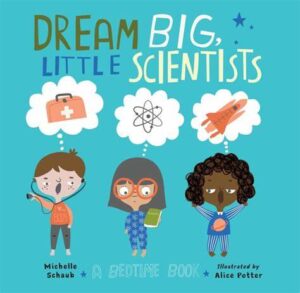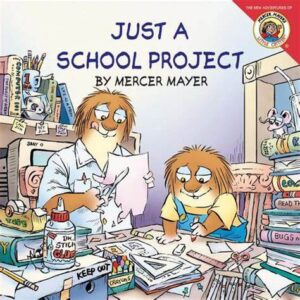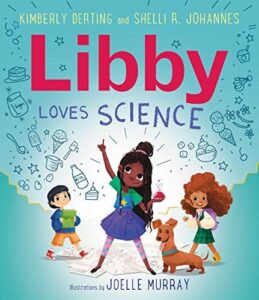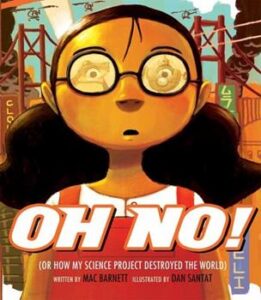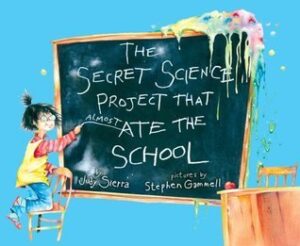The Brand-New, Never-Used, Perfect Crayons
Author: Leanne Hatch
Illustrator: Leanne Hatch
22 August 2023
Margaret Ferguson Books
40 pages
Book description from Goodreads: “Nothing is better than a brand new box of crayons. Violet loves hers so much that she refuses to share them–or even to use them– but maybe her little sister is on to something …
Violet is ecstatic when she earns her very own super big box of eighty-four crayons all matching in length, perfectly pointed, each in their smooth, uniform wrapper. There’s even one with her name on it. She can’t stop imagining all the wonderful things she can draw with them.
But when it comes time to get busy, she can’t seem to do it—she doesn’t want to ruin all that perfection. It isn’t until her little sister takes matters into her own hands that Violet is able to let go and have fun drawing all the things she dreamed up when she first got her box of brand-new, never-used, perfect crayons.
With The Brand-New, Never-Used, Perfect Crayons, Leanne Hatch taps into the joy of sharing, creating, and letting go of perfectionism. Adorable art set alongside textured crayon sketches reminiscent of classics like Harold and the Purple Crayon makes this a book perfectly suited for the shelves of young creatives everywhere.”
Need some reviews on The Brand-New, Never-Used, Perfect Crayons?
Educational Activities inspired by The Brand-New, Never-Used, Perfect Crayons:
- Before Reading–From looking at the front cover:
- What do you think this story might be about, given the title?
- What does the setting tell you about the story?
- What do the two children on the cover seem to be doing?
- Do you like to draw or color? What do you like to draw?
- Have you ever gotten a new set of crayons or markers? How did it make you feel?
- What questions would you like to ask the author before reading the book?
- After Reading–Now that you’ve read the story:
- Why did Violet not want to use her new crayons at first?
- How did Violet’s sister Marigold feel about the old, broken crayons?
- What does Marigold teach Violet about “imperfection”?
- Why do you think Violet changed her mind about using the crayons?
- How did the sisters solve their disagreement?
- How would you feel if someone used your new art supplies without asking?
- What do you think “There’s beauty in imperfection” means?
- How did Violet and Marigold feel at the end of the story? Why did they feel that way?
- Color Your Feelings: Draw a picture that shows how you feel today. You can use as many or as few colors as you like!
- Marigold’s Swirls and Waves: Try your hand at drawing Marigold’s “mess” of swirls and waves. Then show it off! Do you see the beauty in the imperfections?
- Sister Swap Art: Draw a half-completed picture and then trade with a sibling or friend. Add to their picture, and let them add to yours, just like Violet and Marigold learned to share.
- Design Your Own Crayon: If you could design a crayon that represented you, what would it look like and what would you name it? Draw a picture of your dream crayon.
- Violet’s Colorful Cave: Find a quiet corner in your room and build a fort using sheets, pillows, and blankets. Decorate it with your own drawings and crayon art. How do you feel when you’re in your “Colorful Cave”?
- Shade and Light Exploration: Violet found 84 shades of colors in her crayon box. How many shades can you find in your home? Walk around and list them. Are any too bright or too soft for you?
- Crayon Storybook: Create a mini-storybook using only crayon drawings. Tell a new adventure story for Violet and Marigold. What new lessons would they learn?
- Further Reading: The Brand-New, Never-Used, Perfect Crayons is about sharing and creativity, but also crayons! Here are some other picture books about crayons. Which of these have you already read? Which of the others would you want to read first? (Click on any book cover for more information on these titles!)

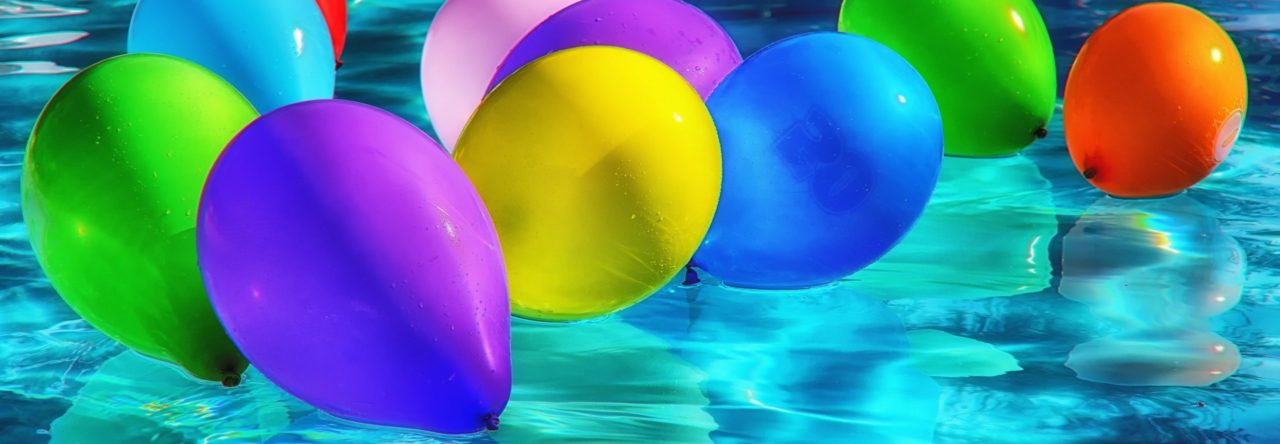
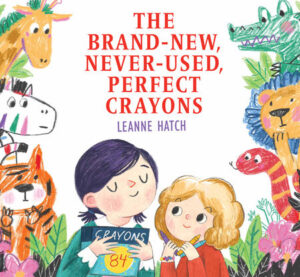
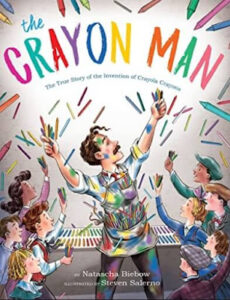
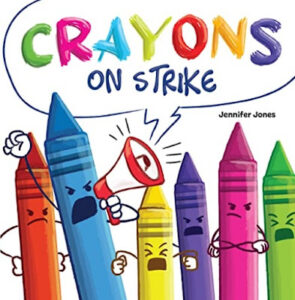
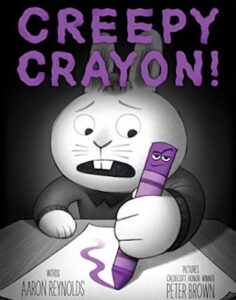
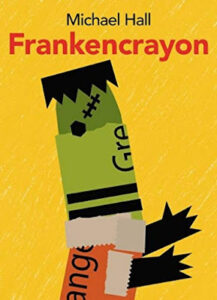
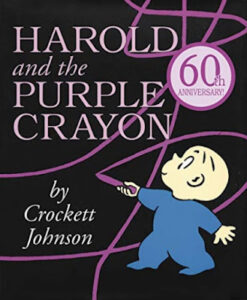
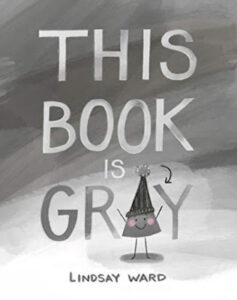
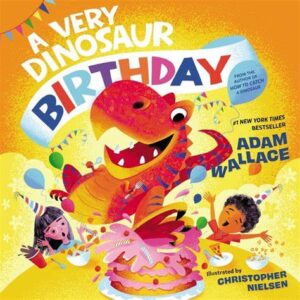
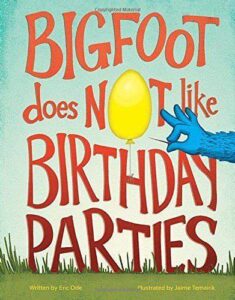
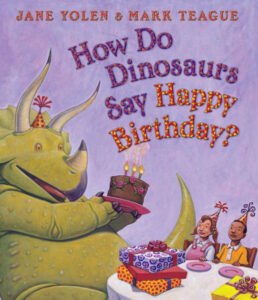
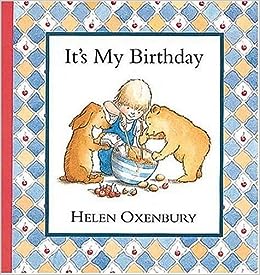
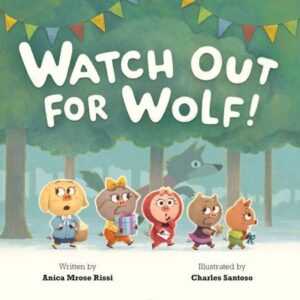
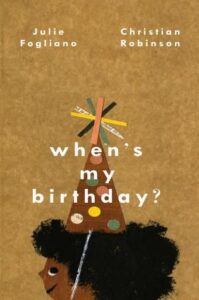
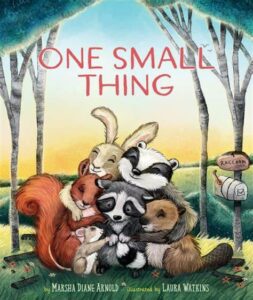
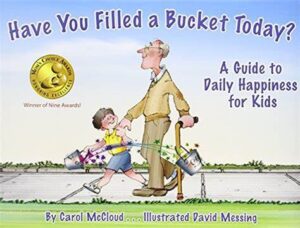
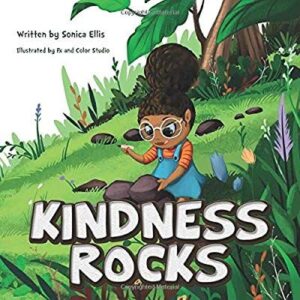
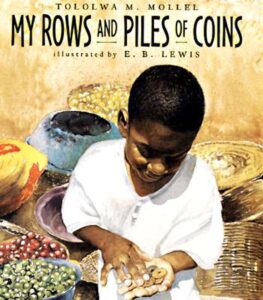
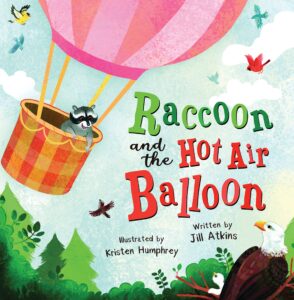
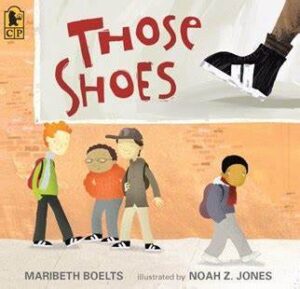
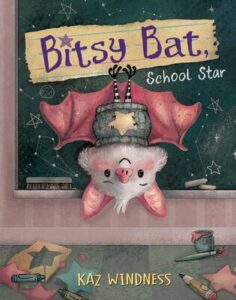
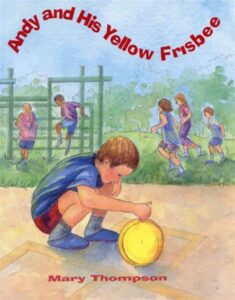
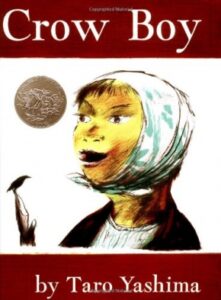
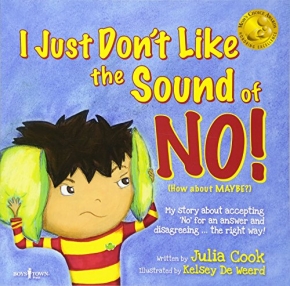
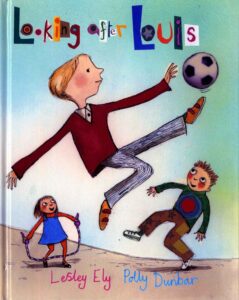
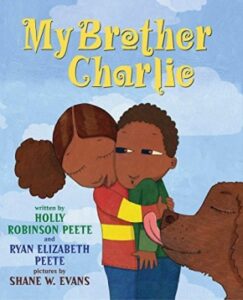
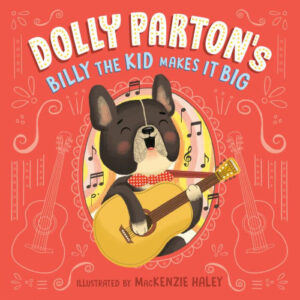
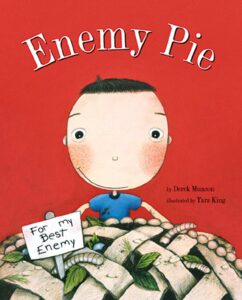
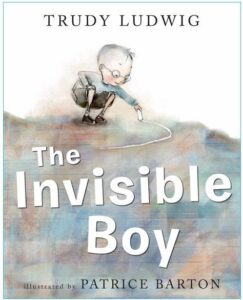
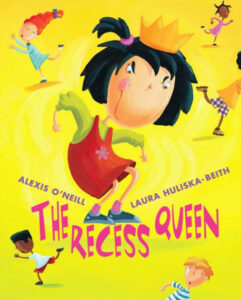
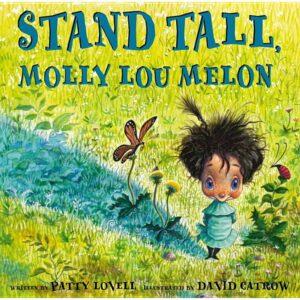
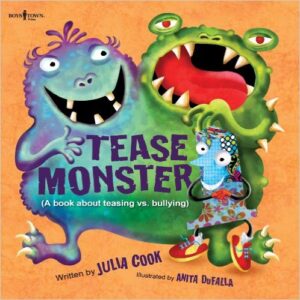
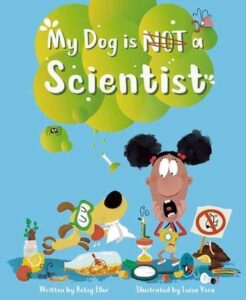 My Dog Is
My Dog Is 